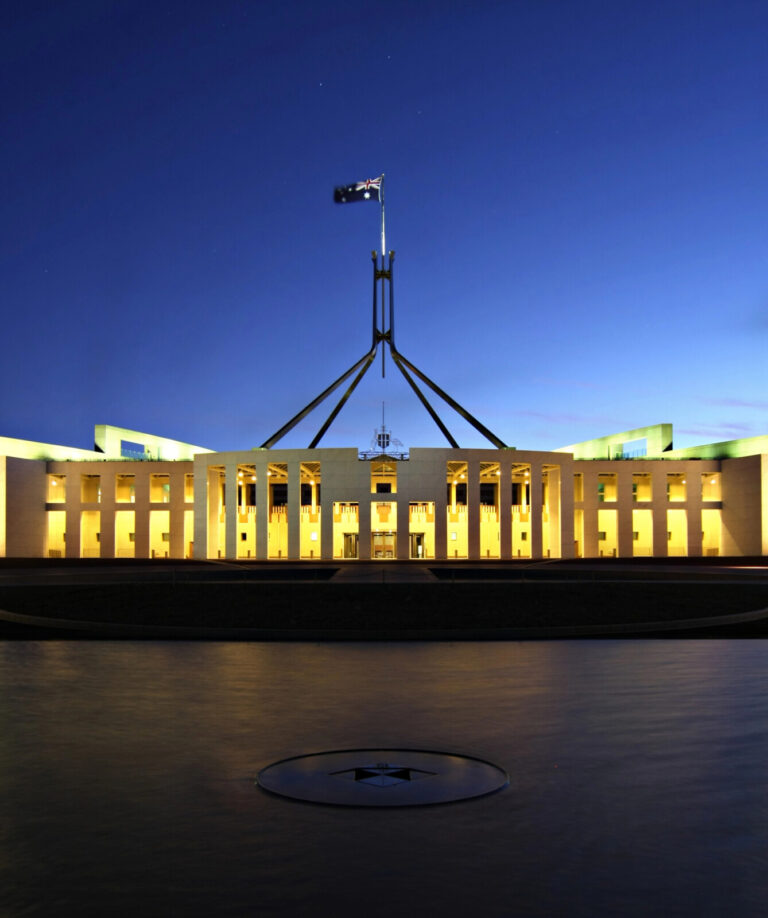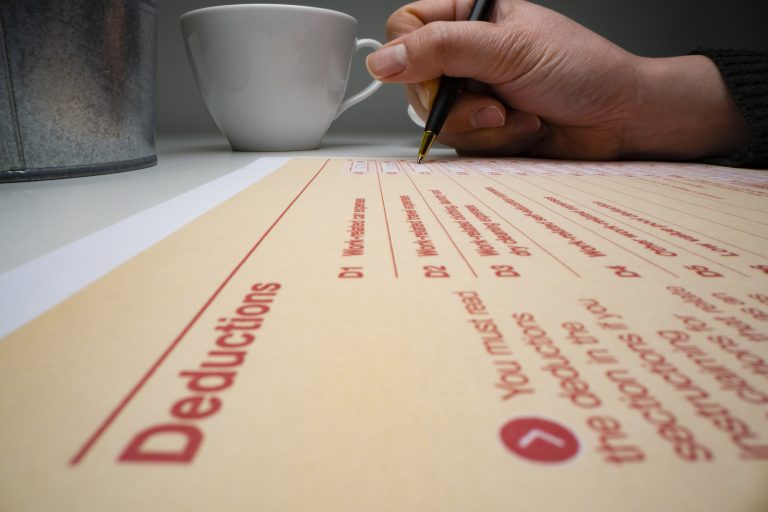Spending a Dollar to Save 30 Cents: The Risk of Tax-Driven Investment Decisions
Australians love a good tax deduction. It’s almost ingrained in us—if there’s a way to pay less tax, we’re all ears. But what happens when tax savings become the main driver behind an investment decision? As I’ve seen time and time again, people are sold on property investment strategies that prioritise negative gearing and tax outcomes over the quality of the investment itself. While these strategies may sound appealing on paper, they often result in financial stress, high debt levels, and poor long-term outcomes. When Tax Savings Become the Selling Point Many Australians are encouraged to invest in residential property purely because it can be negatively geared. The promise? You’ll reduce your taxable income by offsetting property losses against your earnings. But here’s the catch: negative gearing means you’re losing money every year. You’re essentially spending a dollar to save 30 cents. That’s not a winning formula—it’s a financial drain disguised as a tax-saving opportunity. I’ve seen clients earning well over $200,000 annually still struggle with cash flow because they’ve overcommitted to negatively geared properties. Why? Because they were sold on the idea of tax savings without fully considering the broader impact on their financial health. Conflicted Advice: Know Who’s Selling to You The property market is filled with salespeople whose advice is driven by commission. They’re not concerned with your long-term goals or financial well-being—they’re focused on closing the deal. Here’s the truth: These are not unbiased sources of advice. If the recommendation is coming from someone with something to sell, it’s worth asking: Whose best interest is this advice really serving? The Debt Dilemma: Stress and Strain Another troubling trend is the normalisation of taking on large amounts of debt to fund tax-driven property investments. When property prices rise rapidly—as they have for decades in Australia—buyers feel pressured to stretch their budgets to secure a piece of the market. But debt levels have now reached a point where even high-income earners are starting to feel the pinch. High debt tied to negatively geared properties creates: Quality First, Tax Second This isn’t a new problem. Twenty years ago, Australians were lured into tax-driven investments like blue gum plantations. The promise of hefty tax deductions was enough to convince many to invest, but poor investment fundamentals ultimately led to financial losses. A good investment should stand on its own merits and fit within your overall financial strategy. Tax benefits should always be a bonus, not the driving force. The Value of Balanced Advice When you’re considering any investment, it’s essential to seek advice from someone who can provide a balanced perspective and not incentivised to sell one strategy over another. A financial adviser, for example, will consider: By working with someone who isn’t tied to a single product or strategy, you’ll gain a clearer understanding of your options and make decisions that truly align with your goals. Final Thoughts: Buyer Beware If you’re considering an investment property where the selling point is how much tax you’ll save, take a step back. Ask yourself: Tax savings are great, but they should never come at the cost of quality, sustainability, or peace of mind. Remember, a good investment is one that works for you—not just for your tax return. The information provided in this article is general in nature only and does not constitute personal financial advice.




